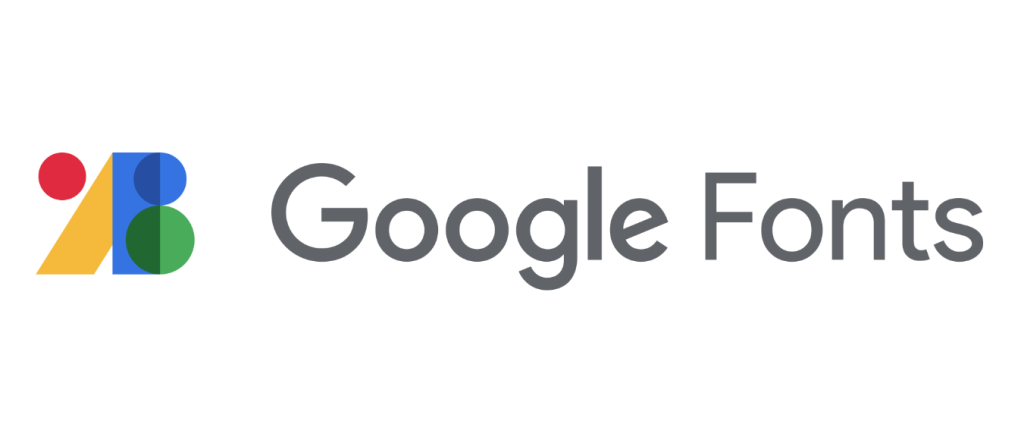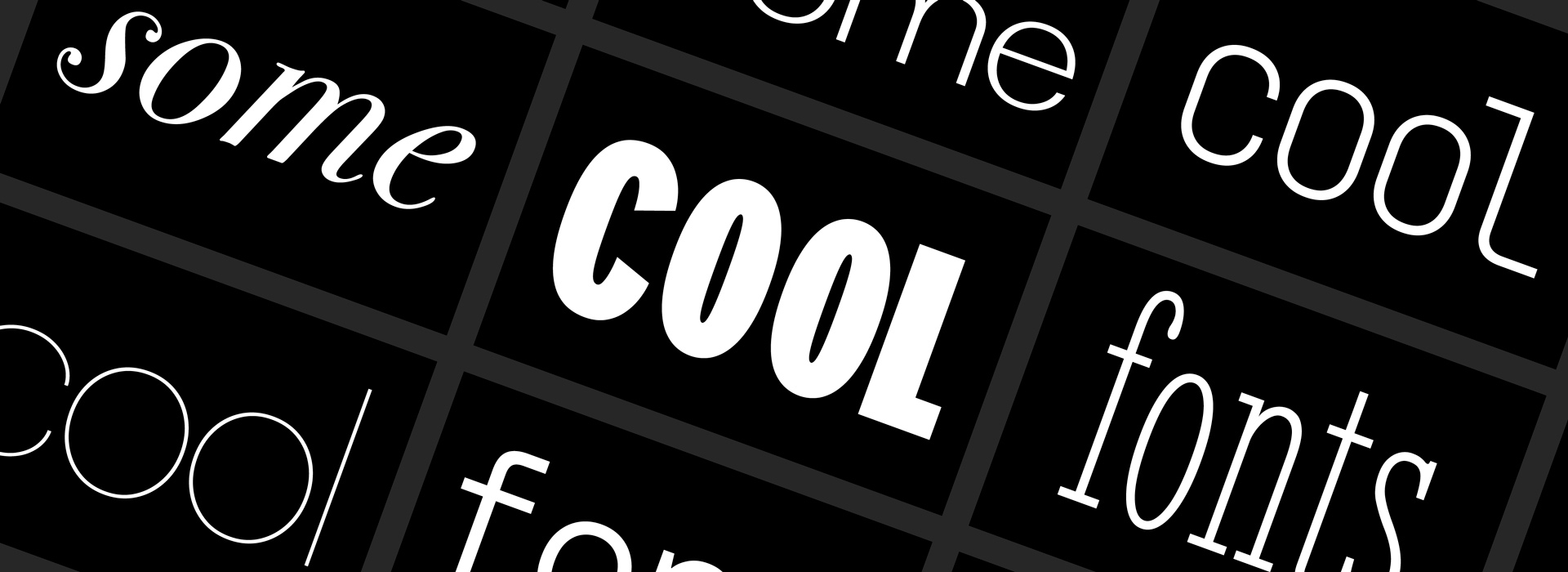When it comes to web design, typography is a critical element that can have a significant impact on the user experience. The typography you choose can influence how visitors perceive your website and how they interact with it. A well-designed typographic hierarchy can guide the user’s eye through the content, making it more readable and engaging. On the other hand, a poorly designed typographic system can be confusing and distracting, leading visitors to leave your site.
The Importance of Typography in Web Design
The right typography can also help establish your brand identity and create a sense of professionalism. A consistent typography across your website and marketing materials can help you build recognition and establish trust with your audience. Your typography choices should reflect your brand values and personality, conveying the right tone and message to your visitors.
In addition to aesthetics and branding, typography can also have a significant impact on the accessibility and usability of your website. Choosing the right font size, line height, and spacing can make your content more readable for users with visual impairments or reading difficulties. Moreover, responsive typography can ensure that your website looks great and remains legible on different devices and screen sizes.
Sans-Serif Fonts – The Most Commonly Used Typeface in Web Design
Sans-serif fonts are a popular choice for web design, as they offer a clean and modern look that is easy to read on digital screens. Unlike serif fonts, which have small lines or strokes at the ends of letters, sans-serif fonts have straight edges and no decorative elements. This simplicity and legibility make them a great choice for body text and headings alike.
One of the most popular sans-serif fonts used in web design is Open Sans. This font, designed by Steve Matteson, is widely used due to its versatility, readability, and extensive language support. Another popular sans-serif font is Roboto, developed by Google for their Android operating system. Roboto is a clean and modern font that works well in both digital and print contexts.
When using sans-serif fonts in web design, it’s important to consider factors such as font size, line height, and spacing. Small font sizes or tight spacing can make sans-serif fonts difficult to read, especially on mobile devices. On the other hand, too much spacing or large font sizes can make the text appear disjointed and difficult to follow.
Serif Fonts – Adding Elegance and Sophistication to Web Design
Serif fonts, with their small lines or strokes at the ends of letters, are often associated with elegance, sophistication, and tradition. While sans-serif fonts are more commonly used in web design, serif fonts can be a great choice for certain design contexts, such as luxury brands, editorial content, or websites with a classic or vintage aesthetic.
One of the most popular serif fonts used in web design is Times New Roman, a classic and widely recognized font that has been used in print media for centuries. Another popular serif font is Georgia, a modern serif designed by Matthew Carter that is optimized for readability on digital screens.
When using serif fonts in web design, it’s important to consider factors such as font size, line height, and spacing. Serif fonts can be more difficult to read at smaller font sizes, so it’s important to use them in larger sizes for body text. Additionally, serif fonts tend to have wider letterforms, so it’s important to adjust the line height and spacing accordingly to ensure readability.
Display Fonts – Using Unique Typography to Make a Statement
Display fonts are a category of fonts that are designed to be used at large sizes, such as for headings, titles, or logos. Unlike body text fonts, display fonts are often more decorative and unique, with distinct and eye-catching letterforms. When used effectively, display fonts can add personality and visual interest to a website design, and can help to communicate the brand or message in a more memorable way.
One of the most popular display fonts used in web design is Helvetica, a modern and versatile font that works well at both large and small sizes. Another popular display font is Bebas Neue, a bold and condensed font that is often used in headlines and logos.
When using display fonts in web design, it’s important to consider the context and the message you are trying to convey. Display fonts can be used to make a statement, but they should also be legible and easy to read. It’s important to use display fonts in moderation and balance them with more traditional and legible body text fonts.
Google Fonts – The Most Popular Font Library for Web Designers

Google Fonts is a free and open-source font library that provides web designers with access to a wide range of high-quality fonts that can be easily integrated into their website designs. With over 1000 fonts to choose from, Google Fonts has become the most popular font library for web designers, offering a variety of font styles and weights that can be customized to suit the design needs of any website.
One of the benefits of using Google Fonts is its ease of use. Google Fonts can be easily integrated into a website using a simple code snippet, and designers can preview and customize the fonts before selecting them for use in their design. Additionally, Google Fonts are optimized for web use, ensuring that they load quickly and display properly on a variety of devices and browsers.
Some of the most popular fonts in the Google Fonts library include Open Sans, Roboto, Lato and Montserrat. These fonts are commonly used in a variety of web design contexts, from minimalist and modern designs to more traditional and classic designs.
Font Pairing – Combining Fonts for a Cohesive Look and Feel
When it comes to web design, choosing the right fonts is crucial for creating a cohesive and visually appealing website. However, simply choosing a popular font is not enough. To create a truly effective design, designers must also consider font pairing, or the process of selecting and combining two or more fonts that work well together to create a cohesive look and feel.
Font pairing involves considering the overall design aesthetic, as well as the specific content and messaging of the website. Typically, designers pair a serif and sans-serif font to create a balanced and visually interesting design. For example, a sans-serif font may be used for headings and titles, while a serif font is used for body text.
Google Fonts provides a helpful tool for designers looking to pair fonts. The Google Fonts Pairings tool allows designers to preview and test various font combinations before selecting the best pairing for their design.
One example of effective font pairing is using Montserrat for headings and Lora for body text. Montserrat is a bold and modern sans-serif font, while Lora is a more traditional and elegant serif font. This combination creates a visually appealing and balanced design that is both modern and classic.
Font pairing is an important aspect of web design that can greatly impact the overall look and feel of a website. By considering the design aesthetic, content, and messaging, designers can select and combine fonts to create a cohesive and visually appealing design. Google Fonts provides a helpful tool for testing and selecting font pairings, allowing designers to create effective and memorable website designs.
Future of Web Fonts – Emerging Trends and Innovations in Typography
As technology continues to advance, the world of typography and web fonts is constantly evolving. One emerging trend in web design is the use of variable fonts, which allow for greater flexibility and control over typography. Variable fonts are a single font file that can adjust to multiple variations of weight, width, and style, providing a wide range of design possibilities.
Another emerging trend is the use of hand-drawn and custom fonts, which can add a unique and personalized touch to a website. With the increasing availability of tools and resources for creating custom fonts, designers have more freedom to experiment with typography and create truly one-of-a-kind designs.
In addition to these trends, designers are also exploring the potential of using 3D typography in web design. By adding depth and dimension to text, 3D typography can create a more immersive and engaging user experience.
Choosing the Right Font for Your Website’s Design and Branding

When it comes to choosing the right font for your website, it’s important to consider both the design and branding elements. The font you choose can greatly impact the look and feel of your website, as well as how your brand is perceived by visitors.
First, consider the overall design aesthetic of your website. Are you going for a modern and minimalist look, or something more traditional and ornate? The font you choose should complement the design style you have in mind. For example, if you’re going for a clean and modern look, a sans-serif font like Open Sans or Helvetica may be a good choice. On the other hand, if you’re aiming for a more classic and elegant design, a serif font like Georgia or Times New Roman could be a better fit.
Next, think about how your font choice will align with your brand identity. Your font should reflect your brand’s personality and values. For example, if your brand is playful and fun, a whimsical and quirky font may be appropriate. If your brand is more serious and professional, a clean and straightforward font may be a better choice.
It’s also important to consider the readability of your chosen font. A font that is too small, too bold, or too decorative can make your website difficult to read and deter visitors from engaging with your content. Always ensure that your chosen font is easy to read and doesn’t distract from the content itself.
In summary, choosing the right font for your website is a crucial element of effective web design and branding. By considering the design aesthetic, brand identity, and readability of your font, you can create a website that not only looks great but accurately reflects your brand’s personality and values.


Leave a Reply